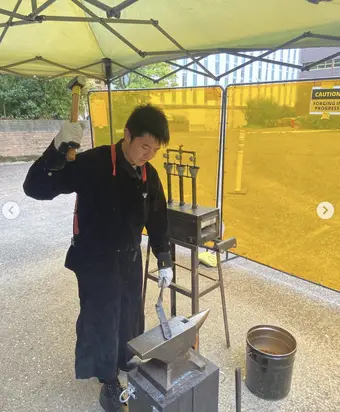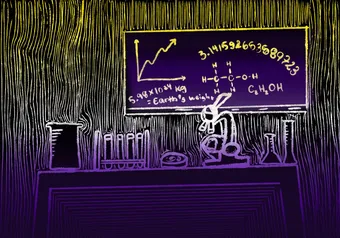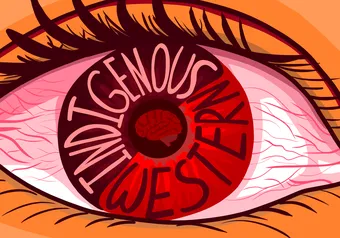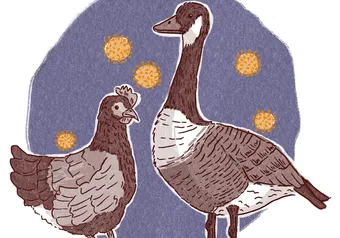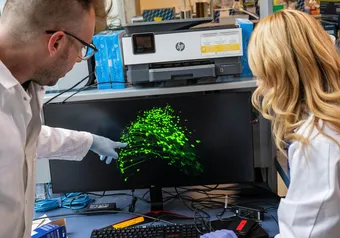Ever wonder what goes into making a sword?
UBC Volcan is a student-led engineering design team that specializes in the ways of blacksmithing and forging. The relatively new team, which started in 2020, fuses diverse histories of blacksmithing with skills gained in materials engineering courses.
The swords they make never see battle. Rather, the blades themselves compete in the international TMS Bladesmithing competition, where they are judged on creativity and difficulty.
According to co-presidents Connor Gingera and Kerrie Ye, their blade designs come to life from team members’ ideas. Each idea is then voted on by the entire design team based on creativity and practicality.
Projects revolve around applying knowledge from upper-year materials engineering courses. The chosen idea typically goes through a series of engineering tests and material selection processes.
This starts with SolidWorks simulation models to plan the heat treatment, as well as looking into the microstructure of the metal to figure out the best applications for the blade — all before going through the forge.
“We basically build out that microstructure, which is the internal structure of the steel that you can look at under a microscope,” said Gingera.
The forge heats the metal to the point of recrystallization, when the grains within the steel’s microstructure elongate and can be reshaped by pressure. Then, water is used to cool the steel into its new shape.
“The reason why we use steel for our blades is just because it’s one of the most well-understood metals,” said Gingera.
This makes it useful for blades from Medieval European arming swords (Gingera’s favourite) to Japanese katanas (Ye’s favourite).
Ye described how the team loves exploring swords from different cultures and time periods, aiming to honour their unique aesthetics and purposes.
This historical focus drew the attention of Burnaby Village Museum, which collaborated with the club to create a railroad spike butter knife (a knife forged from railroad spikes, giving it a unique spiralled hilt) to highlight a type of blade common in the early days of the Canadian railways.
While the team has a dedicated core of members, it’s been a challenge to build a community since they started.
“It’s been a process trying to build up our team,” said Ye. “[We try] to recruit people that are really passionate… as well as look toward the future and what we want to shape.”
As an engineering design team funded by the Faculty of Applied Science, the recruitment process is different from a typical club, as there is no membership fee. Members are selected through an application and interview.
“If anyone’s interested in blacksmithing, being part of a team looking to design stuff for competition, or maybe the engineering behind ... what’s inside of steel … reach out to us,” Gingera said.
Despite its engineering focus, UBC Volcan is open to all students, and they pride themselves on having members from different faculties and academic years.
“There’s more to working on these projects [than engineering], and we’re very open,” said Gingera. “We have students from sciences, arts, all faculties across campus … and we’re very thankful.”
An earlier verison of this article referred to the Faculty of Applied Sciences, rather than the Faculty of Applied Science. This article has been updated to address this typo.
First online
Share this article


